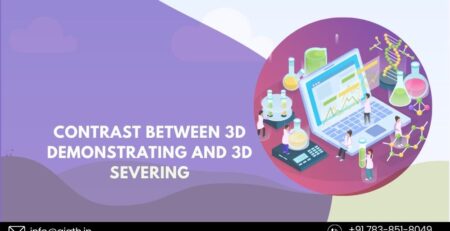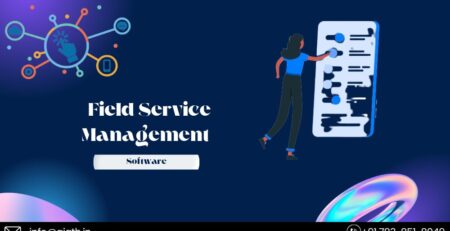5 Data Visualisation Best Practices to Power Your Data
Data visualization is a very useful tool used for presenting complex information in an engaging and understandable way. With the growth of data in this digital world, it is essential for businesses to harness the power of data visualization to gain insights to make good decisions.
So, making the efficient decision executes might require high-level, summary dashboards, while data analysts may want granular details to conduct further analysis.
Following things one should keep in mind in these practices: –
- Speak to a specific audience.
- Choose the right visual.
- Providing the context
- Keeping things simple
- User engagement-friendly design
In this article, we are going to talk about the 5 important practices of data visualization here.
1. Pick the Right Visualization Type
The first and most urgent move toward making significant information perceptions is figuring out your interest group. Various crowds have changing degrees of mastery and interest in information, so fitting your visuals to meet their necessities is essential. For instance, chiefs could require significant level, rundown dashboards, while information examiners might believe that granular subtleties should lead further investigation.
2. Knowing the Audience
Information can be introduced in different ways, for example, bar diagrams, line charts, pie graphs, dissipate plots, heatmaps, from there, the sky is the limit. Choosing the proper perception type is significant to really pass on the message concealed inside the information. Each diagram type fills a particular need and underscores various parts of the information.
- Use bar graphs to analyze absolute information.
- Line charts are great for showing patterns over the long run.
- Pie graphs are reasonable for showing portions of an entirety.
3. Center around Clearness and Effortlessness
The expression “toning it down would be best” turns out as expected in information representation. Keep your representations spotless, cleaned up, and straightforward. Eliminate any superfluous components that don’t add to the primary message.
- Utilize a restricted variety range and stay away from pointless 3D impacts.
- Mark your tomahawks and information focuses obviously.
- Give a compact and unmistakable title.
- Try not to overpower your crowd with an excess of information; feature the key experiences.
4. Tell a Compelling Story
Information perception isn’t just about introducing numbers; it’s tied in with recounting a story with information. Make a story that directs your crowd through the bits of knowledge and disclosures concealed in the information. Begin with a convincing presentation, feature the central issues utilizing representations, and close with noteworthy focus points.
Recall that information alone may not be locking in. To make your story seriously convincing, think about utilizing comments, callouts, and illustrative message to give setting and feature fundamental discoveries. A very much created story will keep your crowd connected with and guarantee they recall the experiences conveyed.
5. Ensure Responsiveness and Accessibility
In the present multi-gadget and different client scene, it is vital to guarantee that your information representations are responsive and open. Ensure your visuals adjust flawlessly to various screen sizes and directions, from work areas to cell phones.
Availability is similarly significant. Think about clients with inabilities and give options in contrast to passing data on through non-visual means, like screen per users. Pick variety plots that are comprehensive and try not to depend exclusively on variety to pass on data.
By focusing on responsiveness and openness, you guarantee that your information perceptions contact a more extensive crowd and convey worth to all clients.
Hence, Data representation is a fundamental device in the present information driven world. By following these five prescribed procedures – understanding what your listeners might be thinking, picking the right perception type, zeroing in on lucidity and straightforwardness, recounting a convincing story, and guaranteeing responsiveness and openness – you can make strong information representations that rejuvenate your information, open experiences, and enable informed direction. Recall that a definitive objective of information representation is to impart realization, making complex information justifiable and significant for everybody.













Leave a Reply